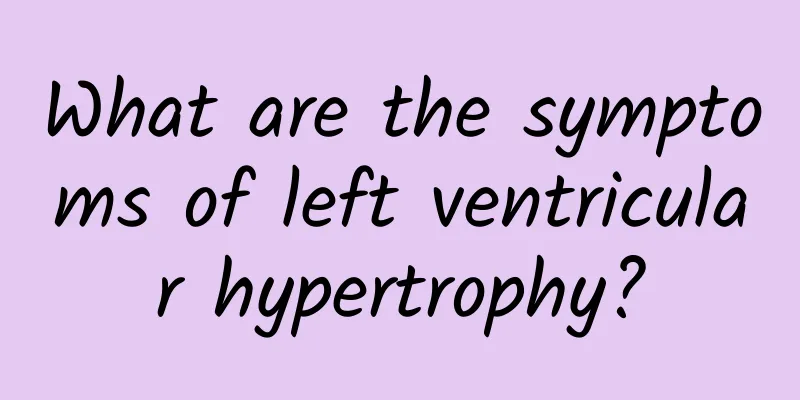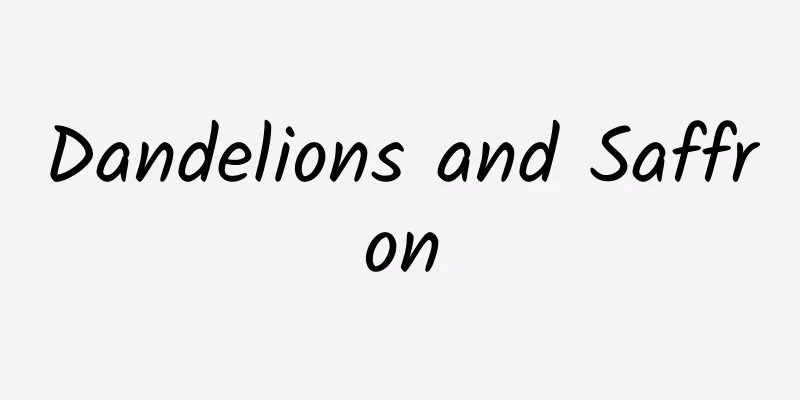What are the symptoms of left ventricular hypertrophy?

| The number of people suffering from various major diseases in modern life has increased dramatically, which has had a great impact on the lives of many people and has also put great pressure on public medical resources. For example, heart disease is a disease with a high incidence and serious harm. There are many types of heart disease, among which ventricular hypertrophy is relatively common. Let’s take a look at the symptoms of left ventricular hypertrophy. The left ventricle receives oxygenated blood from the left atrium and pumps it into the aorta to supply the oxygenated blood to the whole body. Along the way, oxygenated blood passes through two valves, one is the mitral valve between the left atrium and left ventricle, and the other is the aortic valve located in the aorta, both of which are used to prevent blood from flowing back. Compared to the right ventricle, the left ventricle is longer and more conical in shape. Its cross section also presents an elliptical or nearly circular outline. The sternocostal surface, which is the front of the heart, is mainly composed of the right ventricle, and a small part is also composed of the left ventricle. However, the left ventricle not only makes up the apex of the heart, but also makes up most of the septal surface of the heart, which is the side of the organ that meets the diaphragm. In order to pump blood at a high blood pressure, the muscle of the left ventricle is thicker and more developed than that of the right ventricle. (1) When the left ventricle is in the stage of compensatory hypertrophy, there may be no clinical manifestations, and the blood pressure is usually high at this time; (2) When the left ventricle is in the stage of decompensated enlargement or certain myocardial damage directly leads to left ventricular enlargement, there will be the following clinical symptoms: 1) Fatigue and weakness after slight activity or fatigue even when resting, indicating that the left ventricular ejection cannot meet the body's needs; 2) Chest tightness: When the left ventricle cannot eject blood in time, pulmonary blood return is obstructed, and chest tightness will occur, which worsens after activity; 3) Blood pressure changes: Blood pressure has dropped significantly compared to before and may even become hypotension, indicating a sharp decrease in left ventricular ejection volume; 4) Cardiac manifestations: increased heart rate, arrhythmia, and chest pain during myocardial ischemia; 5) Heart failure manifestations: further aggravation, heart failure manifestations such as orthopnea at night and edema of both lower limbs will occur. |
>>: What medicine should I take for left ventricular high voltage?
Recommend
How to identify if you have nasal odor
In daily life, sometimes we often feel that there ...
What are the foods that can dispel wind and clear heat? These three are the most effective
In life, when people choose ingredients, they wil...
Rib pain when breathing
As we all know, if the body has some special symp...
What causes cold joints? If your joints are cold, use moxibustion on the Mingmen acupoint
The joints of the human body are more susceptible...
Can pumpkin and eggplant be eaten together?
When eating various foods together, you must firs...
Causes of eczema in adults
What causes eczema in adults? We all know that ch...
Can drinking milk really whiten your skin? How can you drink milk to whiten your skin?
Everyone knows that drinking milk is healthy, and...
Is small cell tumor treatable?
Many people think that they have a small cell tum...
The best way to get breast enlargement
When a lump can be felt in the breast from the su...
Differential diagnosis of dull pain in the right lower abdomen
Many people may experience symptoms such as pain ...
There is a lump in the armpit
The armpit is a part of our body, and its physiol...
What medicine should I take for stomach heat?
Many people suffer from stomach heat, and those w...
What should I do if I have lumps and pain in my breasts during lactation?
For the sake of their babies, many young mothers ...
The most poisonous of the nine ancient poisons turned out to be this
Humans discovered poison purely by accident. Some...
What causes foamy diarrhea?
Diarrhea is a common phenomenon in life. In most ...









